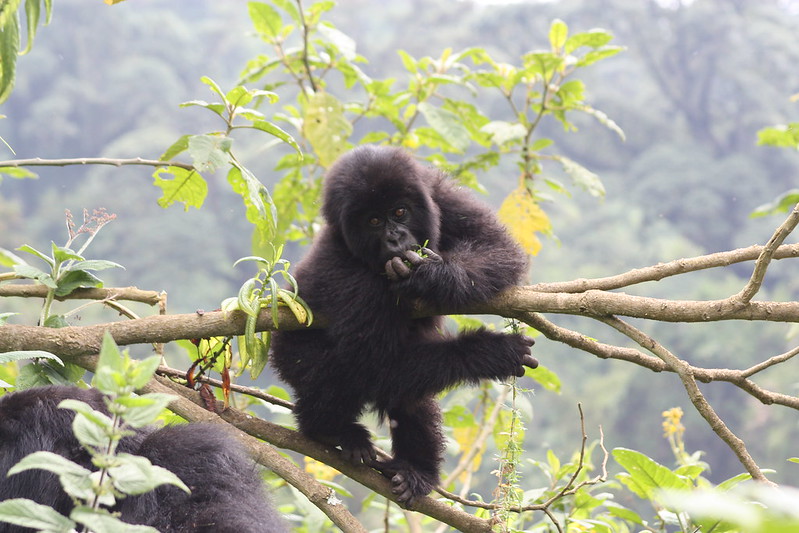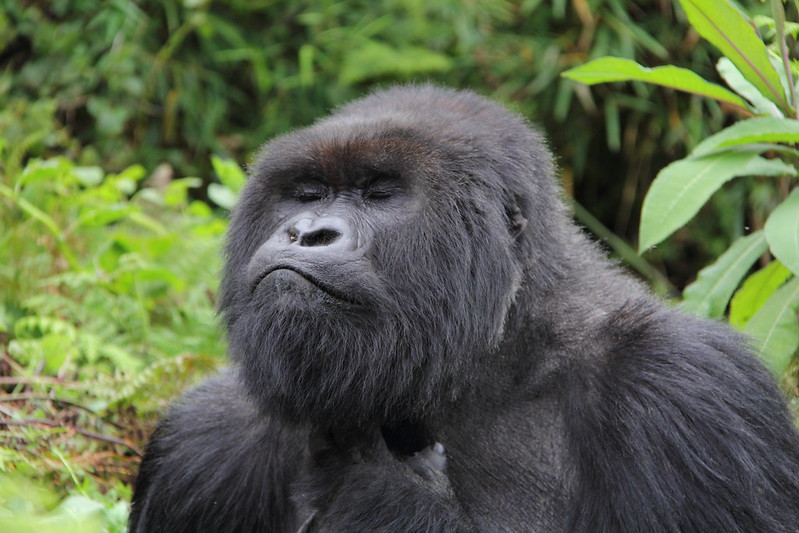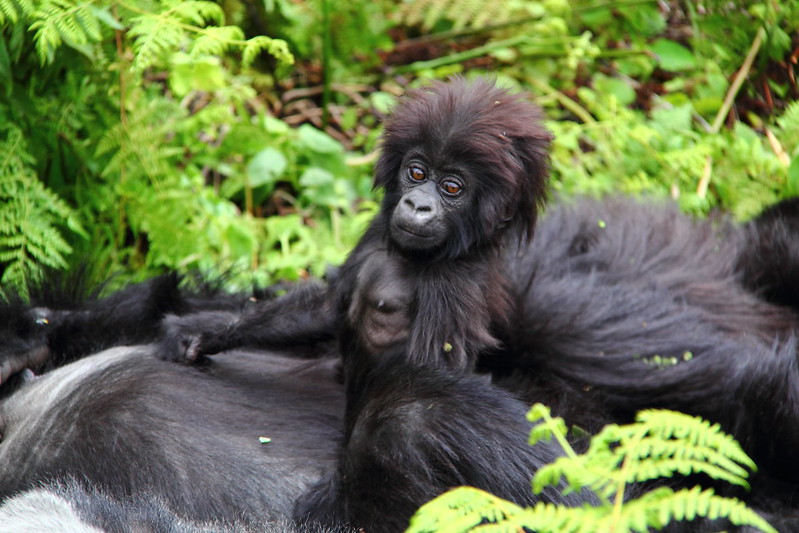Uganda Bwindi Gorilla trekking. The bwindi gorilla walk in Uganda is a once-in-a-lifetime opportunity to…
Rules and Regulations in Gorilla Trekking
Rules and Regulations in Gorilla Trekking: Gorilla Trekking Do’s and Don’ts
Well, there is a daily meeting of trekkers before commencing their actual hiking in which they are briefed about the DO’S and DON’TS, outlined for them as to be respected and followed in the gorilla trekking activity. There are dos and Don’ts given before you set off (before Gorilla trekking), During the Hike, when with the mountain Gorillas, and General Health Do’s and Don’ts as stated below; –
Before setting offdeparting, or leaving for Gorilla trekking activity
- A total of 8 visitors or tourists are allowed to track or visit a particular mountain gorilla family or group in a day. This number is considered to help reduce behavioral disturbances that humans may cause to these mountain gorillas. It also helps to reduce the chances of transferring diseases from humans to mountain gorillas.
- Before your trekking exercise sets off, ensure to have your hands washed thoroughly. This is to promote the highest level of cleanliness.
During the hike,
- You are advised to keep your voices extremely low as you are heading to track the mountain gorillas, and you are requested to even be quieter when you finally meet them. This gives you the opportunity to watch the other various wildlife species on the trail like Birds, Golden Monkeys, Butterflies, etc. Still, the peace of these animals is not disrupted at all.
- Always follow your tour guide through the whole trekking process, and make sure you stick with the group for both safety purposes and to get thorough explanations of the attractions seen along the way to the mountain gorillas.
- Do not recklessly litter in any national park or protected area. You are requested to keep any garbage or trash on you until you are back at the briefing point, then dispose of it.
- As you approach the place where the guides observed the mountain gorillas the day before, from there you will follow the gorilla traces to find them and look out for the gorilla nesting sites along the way.
- The guides will inform you to get ready when approaching the mountain gorillas.
Finally, when with the Gorillas
- You are requested to keep a distance of 7 meters (21 feet) from where the mountain gorillas are. Though they are habituated, mountain gorillas are still wild animals, and if they feel threatened, they can move away.
- Keep in a tight group whenever near the mountain gorillas. Eating, Drinking or smoking is prohibited in the presence of these gorillas. Keep your voices as low as possible, but then you are free to ask questions of your guide.
- Do not look closely and directly into the eyes of the gorillas; sometimes these animals do charge. Do not attempt to run away, because that will increase the risk.
- Do not touch the gorillas because they are wild animals and flashy photography is not allowed, so move slowly and carefully when going to do that.
- The time spent with the gorillas is limited to one hour. This is simply to minimize any behavioral disturbances, stress and possible risk of infection.
- Keep your voices very low after the visit until you are 200 meters away from these animals.
- Body language is important, and visitors should not raise hands or arms, point, or stare at them because to gorillas, their behaviours are signs of threat or aggression.
The General Health Rules
- All waste must be buried; a 30-meter hole must be dug; dispose of every piece of waste there; then fill up the hole when finished. This is done because these wastes (feces) can be highly infectious to great apes and other animals.
- If you feel ill and are carrying a contagious disease, please don’t engage yourself in the activity. So another visit will be arranged for you, or your money will be refunded.
- Respect the number of visitors or tourists recommended a day to visit or see the gorillas because this minimizes the risk of disease transmission, reduces stress to the group, strain and behavioral disturbance, reduces the possibilities of possible future aggression towards tourists and prevents the gorillas from becoming too habituated to humans.
- Always stay away from the gorillas. This protects them from catching human diseases.
- If you, the tourist, need to sneeze or cough, turn away from the Gorillas and try to cover your nose and mouth in order to minimize the spread of airborne bacteria or viruses that you might unknowingly be carrying.
- All rubbish must be removed from the park, and visitors/tourists are asked to be particularly careful not to drop small items, such as, film boxes / canisters, tissues or handkerchiefs, food wrappers, wipes, etc. Apart from being nasty, rubbish can interest animals, can cause problems if swallowed, and can be a source of germ or disease transmission.


